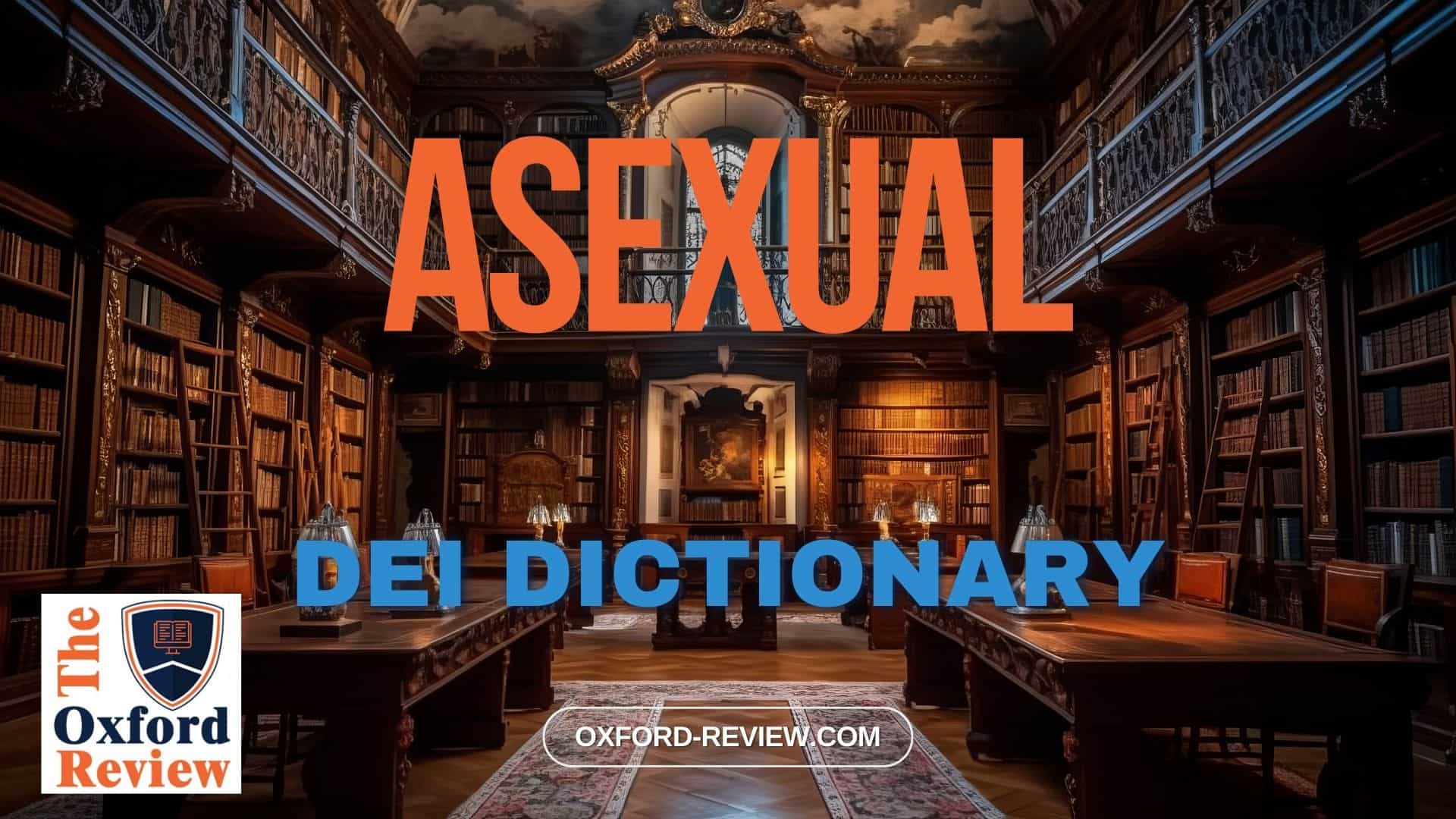Asexual – Definition and Explanation

Understanding Asexuality: Exploring Diversity in Sexual Orientation
In the realm of Diversity, Equity, and Inclusion (DEI), comprehending the spectrum of human sexuality is paramount. One often misunderstood but crucial aspect is asexuality.
Definition:
Asexuality is a sexual orientation characterised by a lack of sexual attraction or interest in sexual activities with others. Individuals who identify as asexual may still experience emotional, romantic, or aesthetic attraction to others but do not feel the desire for sexual intimacy.
Exploring Asexuality:
Contrary to common misconceptions, asexuality is not the same as celibacy or lack of libido. Asexuality is a valid sexual orientation, just like heterosexuality, homosexuality, or bisexuality. Asexual individuals may form meaningful and fulfilling relationships, whether romantic or platonic, without the need for sexual activity.
Understanding the Spectrum:
It’s essential to recognise that asexuality, like other sexual orientations, exists on a spectrum. Some asexual individuals may experience varying degrees of sexual attraction or may identify as aromantic, experiencing little to no romantic attraction. Others may identify as demisexual, experiencing sexual attraction only after forming a strong emotional bond with someone.
Breaking Stereotypes:
A common stereotype about asexuality is that it equates to a life devoid of intimacy or connection. However, asexual individuals can have deeply intimate and fulfilling relationships that are not centred around sexual activity. These relationships are built on emotional connection, mutual respect, and shared interests.
Example:
Consider Alex, a 27-year-old asexual individual. Despite being in a committed relationship with their partner for five years, Alex has never felt the desire for sexual intimacy. Instead, they find fulfilment in spending quality time together, engaging in shared hobbies, and supporting each other’s personal growth. Their relationship is built on mutual understanding and respect for each other’s sexual orientation.
Conclusion:
Understanding and respecting asexuality is crucial for fostering a more inclusive society. By acknowledging the diversity of human sexuality, we can create spaces where individuals of all orientations feel accepted and valued. Let’s continue to educate ourselves and others about asexuality, breaking down stereotypes, and promoting equality for all.
References:
Bogaert, A. F. (2015). Asexuality: What it is and why it matters. Journal of sex research, 52(4), 362-379. https://www.tandfonline.com/doi/abs/10.1080/00224499.2015.1015713
Brotto, L. A., Knudson, G., Inskip, J., Rhodes, K., & Erskine, Y. (2010). Asexuality: A mixed-methods approach. Archives of sexual behavior, 39, 599-618. https://link.springer.com/article/10.1007/s10508-008-9434-x
DeLuzio Chasin, C. J. (2011). Theoretical issues in the study of asexuality. Archives of sexual behavior, 40, 713-723. https://link.springer.com/article/10.1007/s10508-011-9757-x
Bogaert, A. F. (2015). Understanding asexuality. Rowman & Littlefield. https://books.google.co.uk/books?hl=en&lr=&id=3P2pVq9XlGsC&oi=fnd&pg=PR5&dq=Asexual&ots=O0BHZ06dEX&sig=Obq_jJMPmRfRJKSElbkZ8KfkSWs#v=onepage&q=Asexual&f=false
Be impressively well informed

Get the very latest research intelligence briefings, video research briefings, infographics and more sent direct to you as they are published
Be the most impressively well-informed and up-to-date person around...
